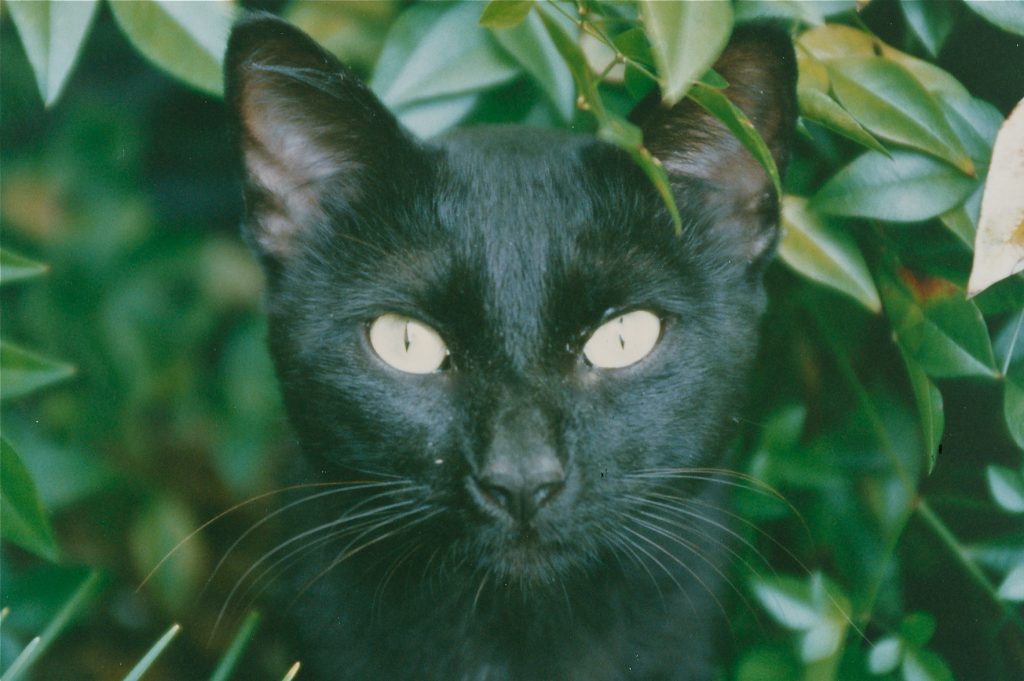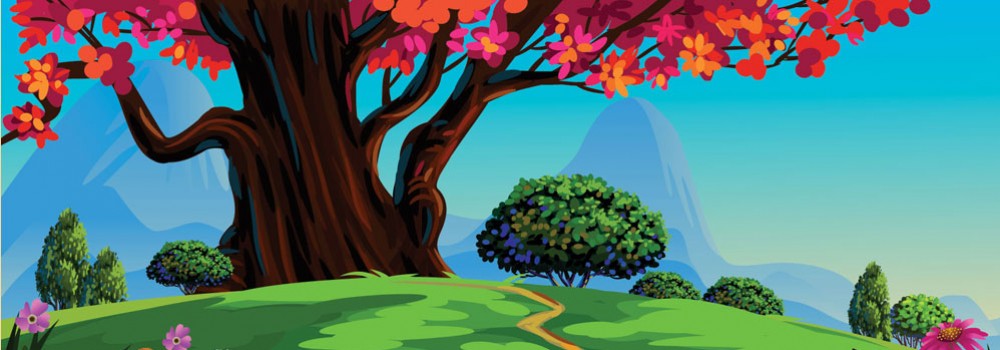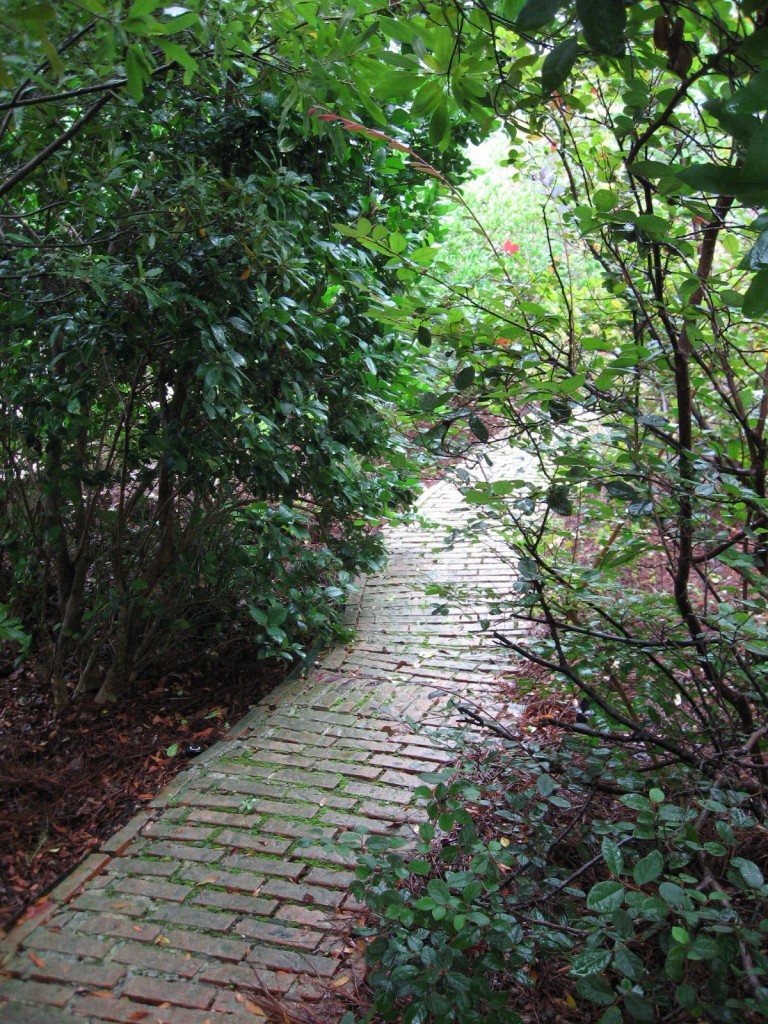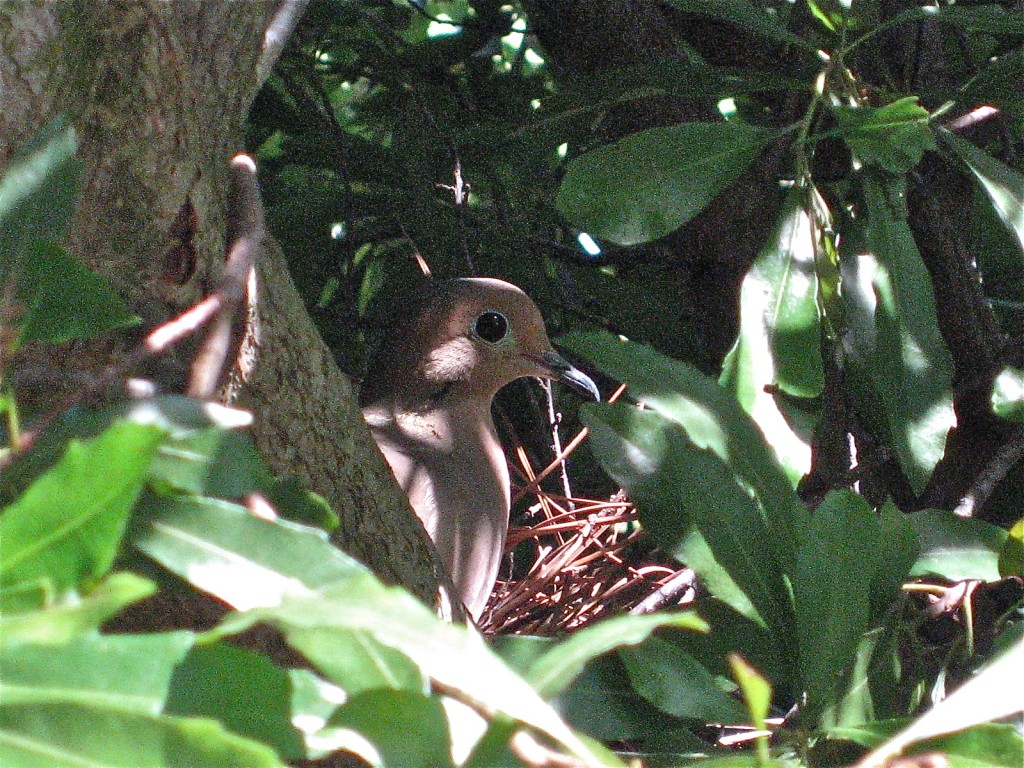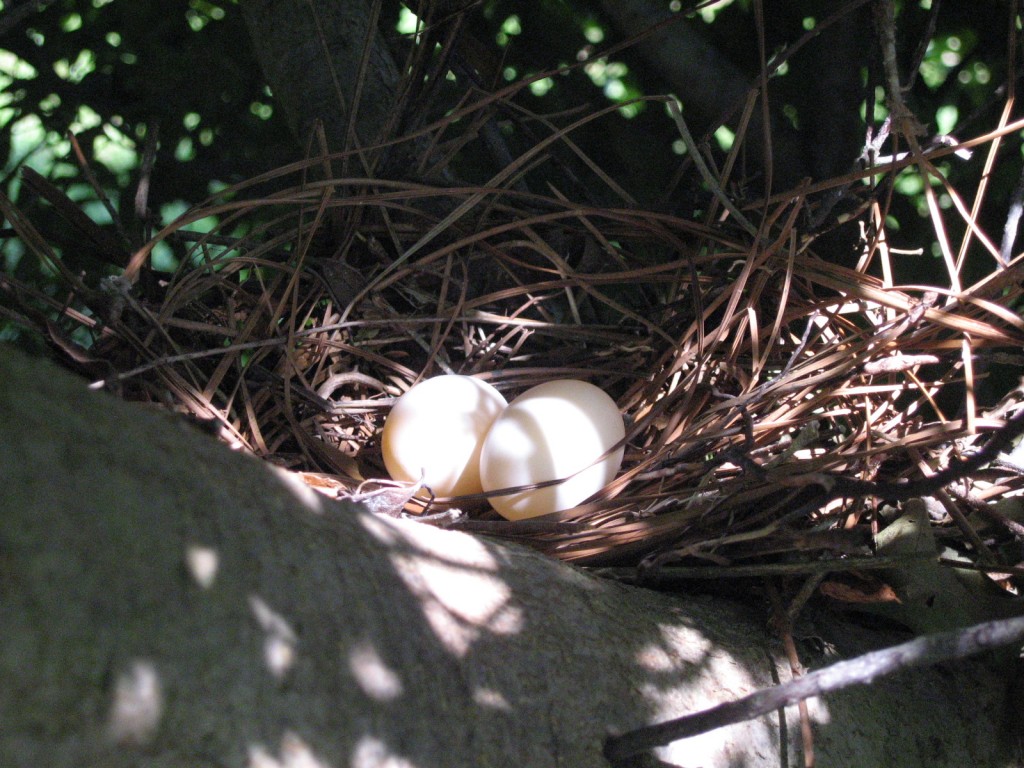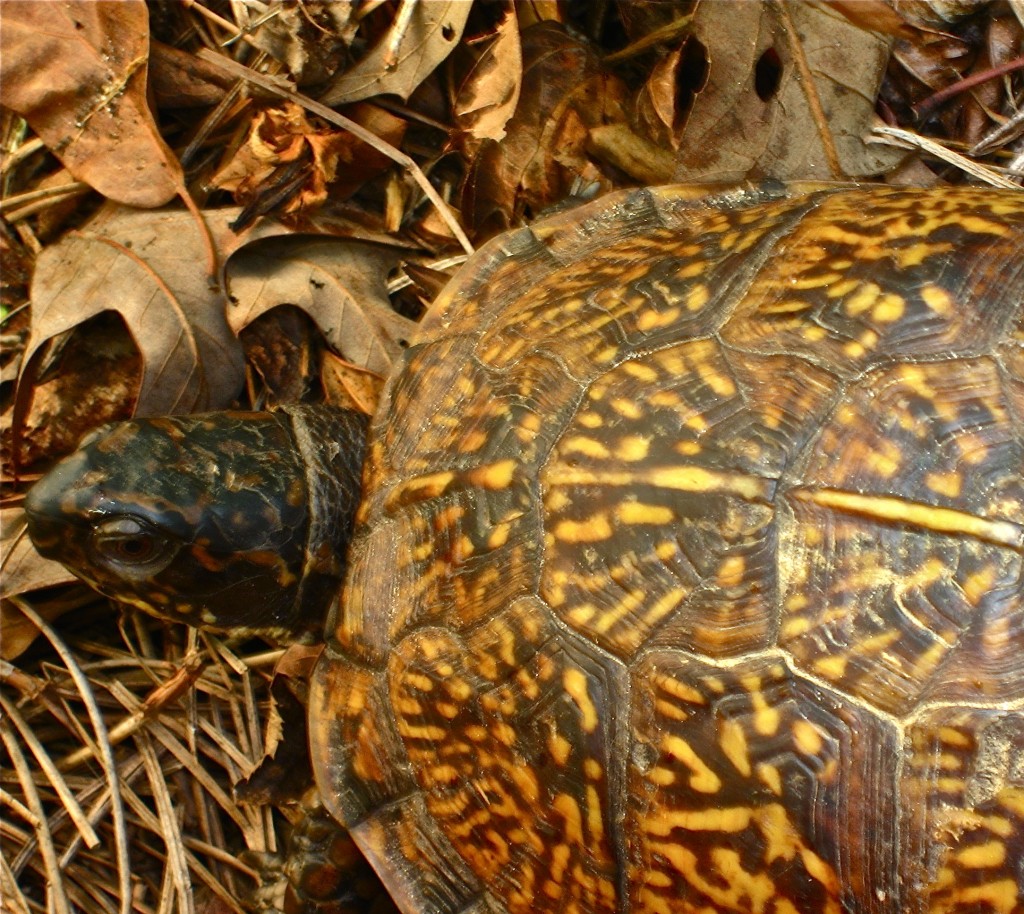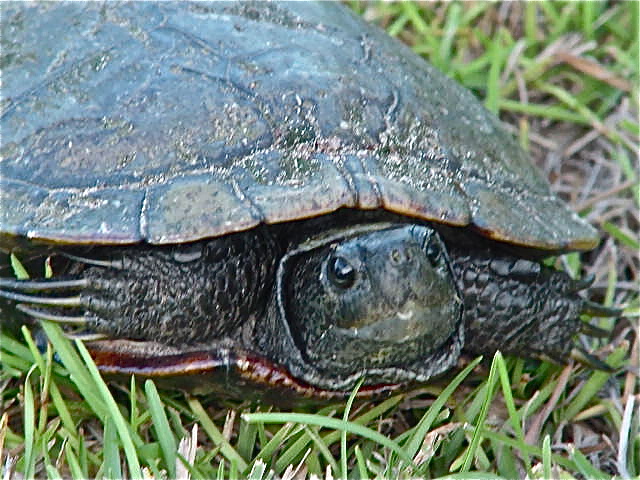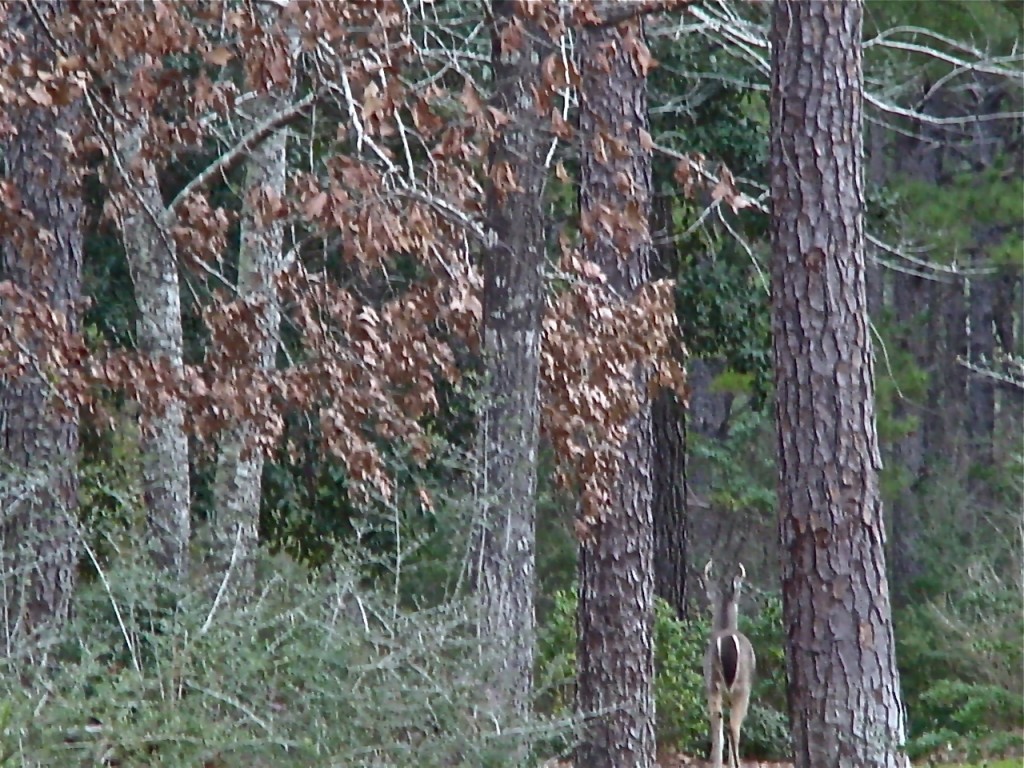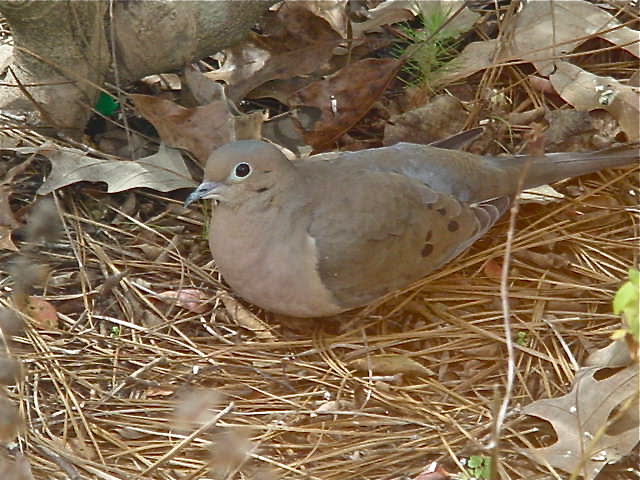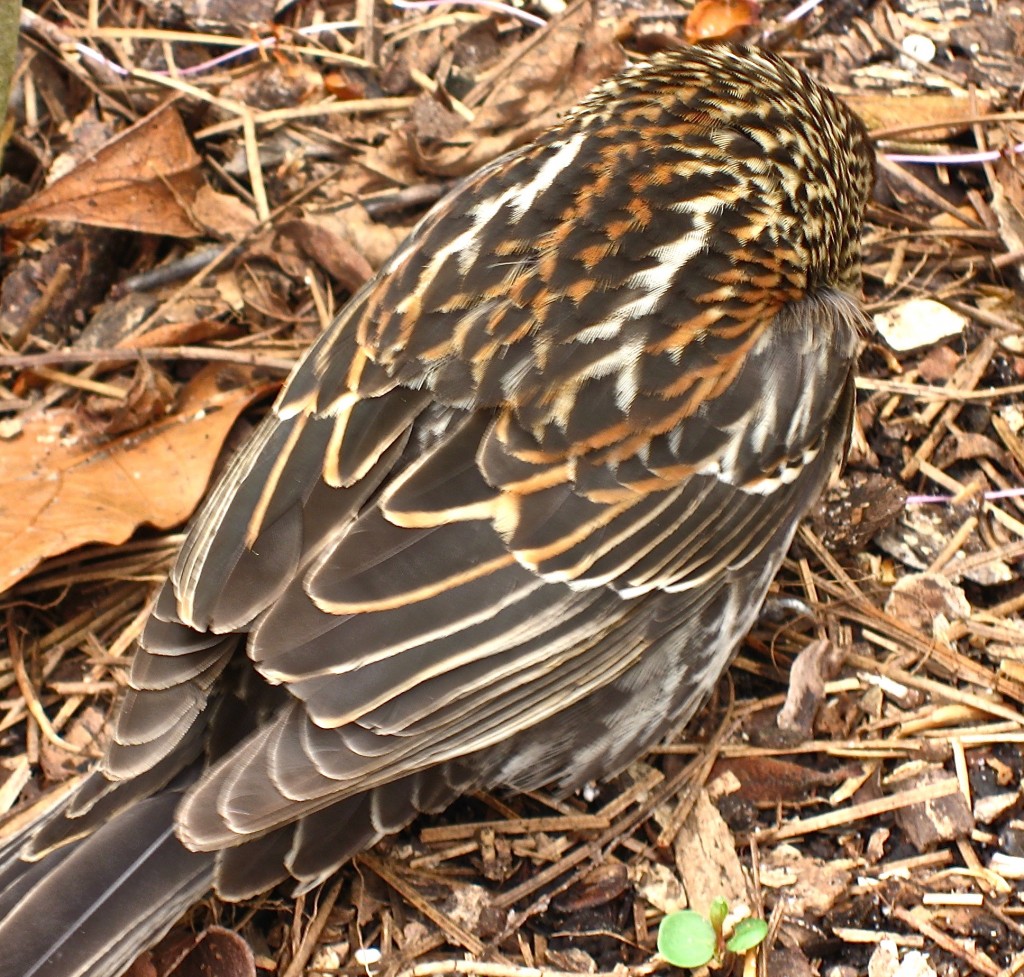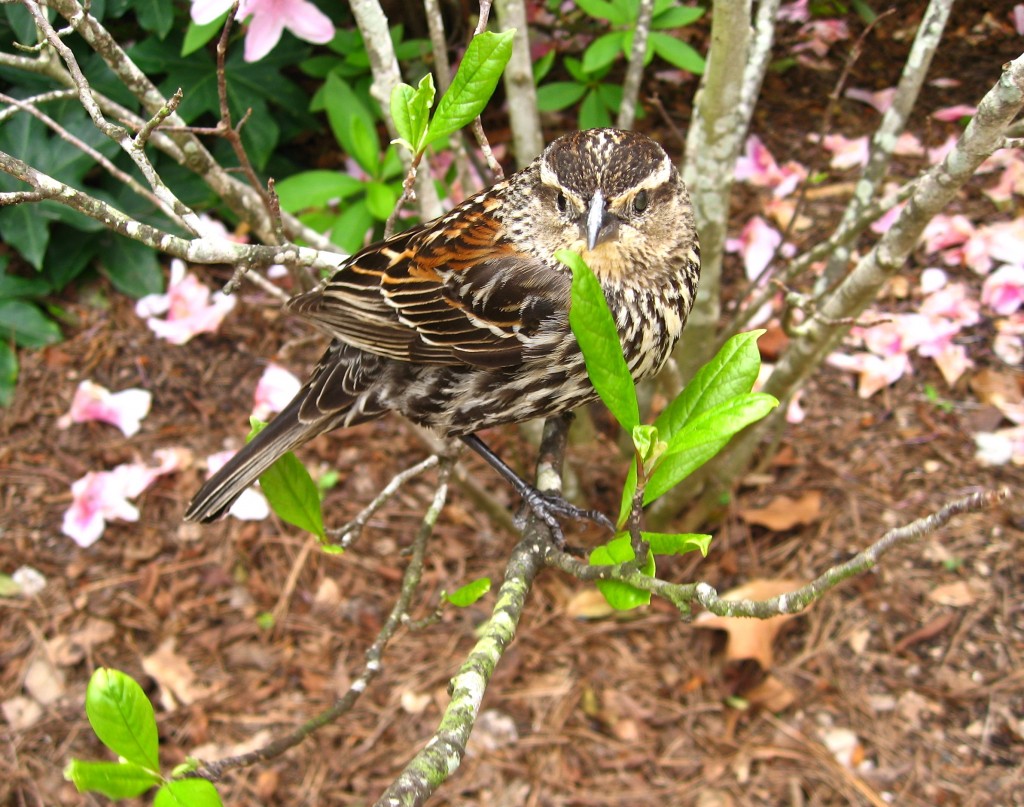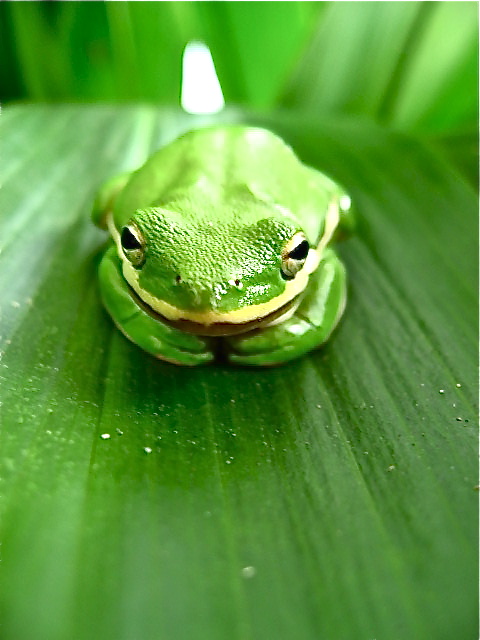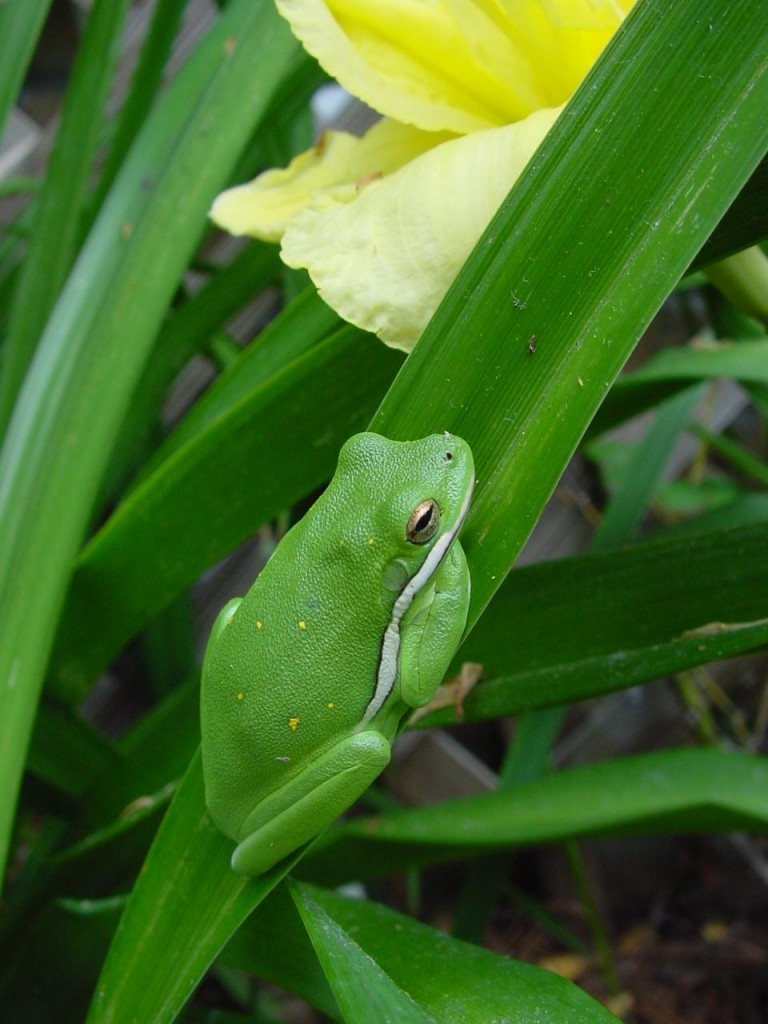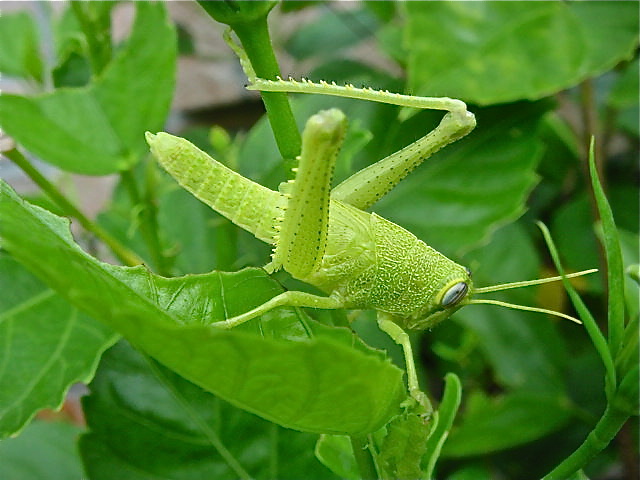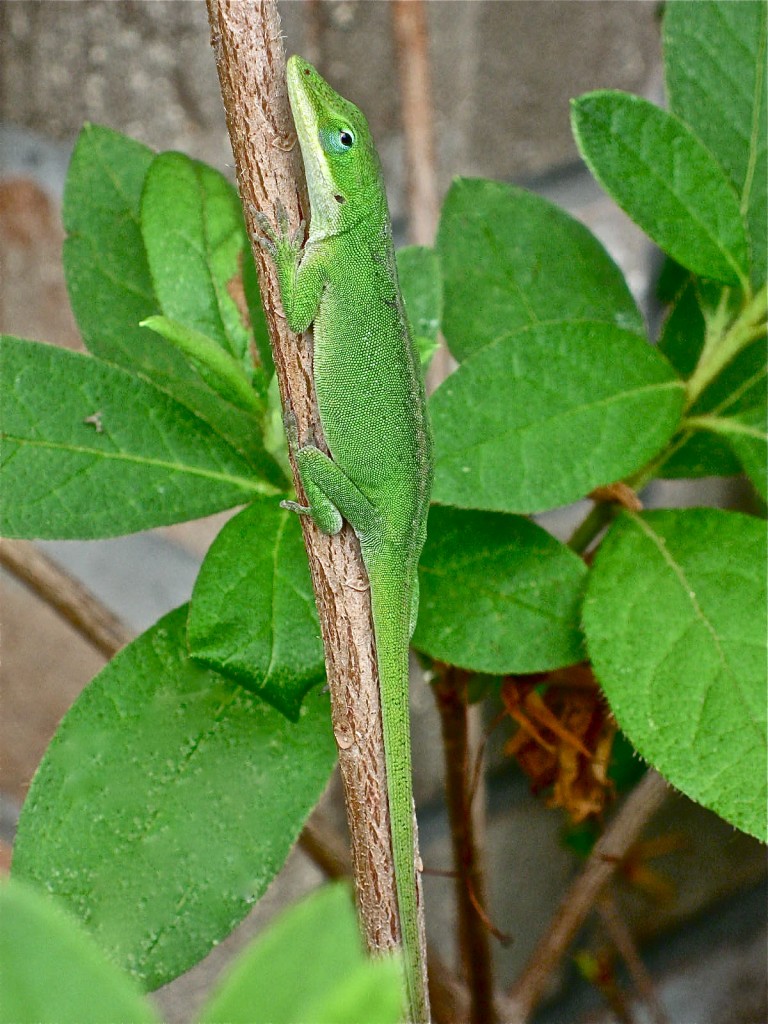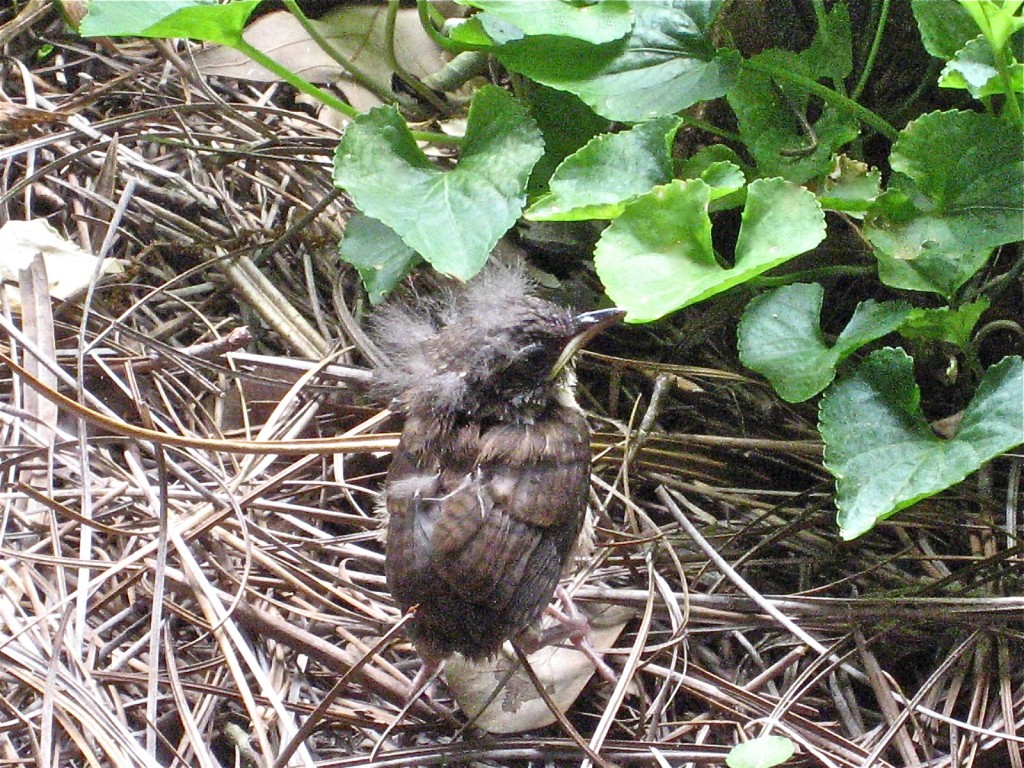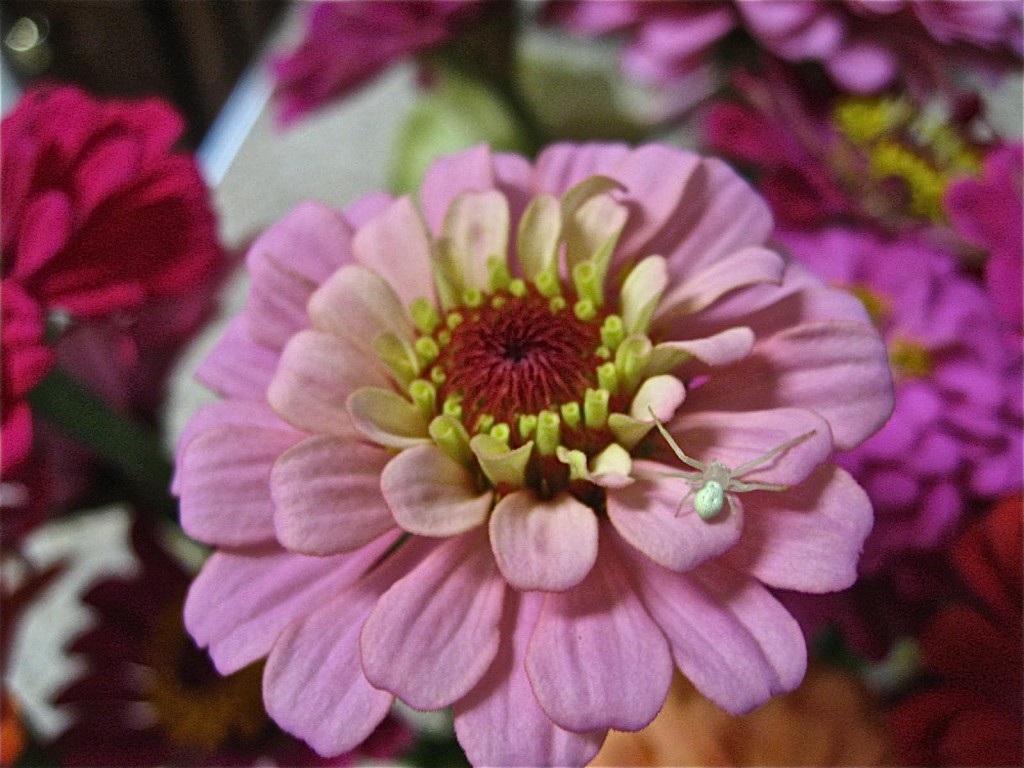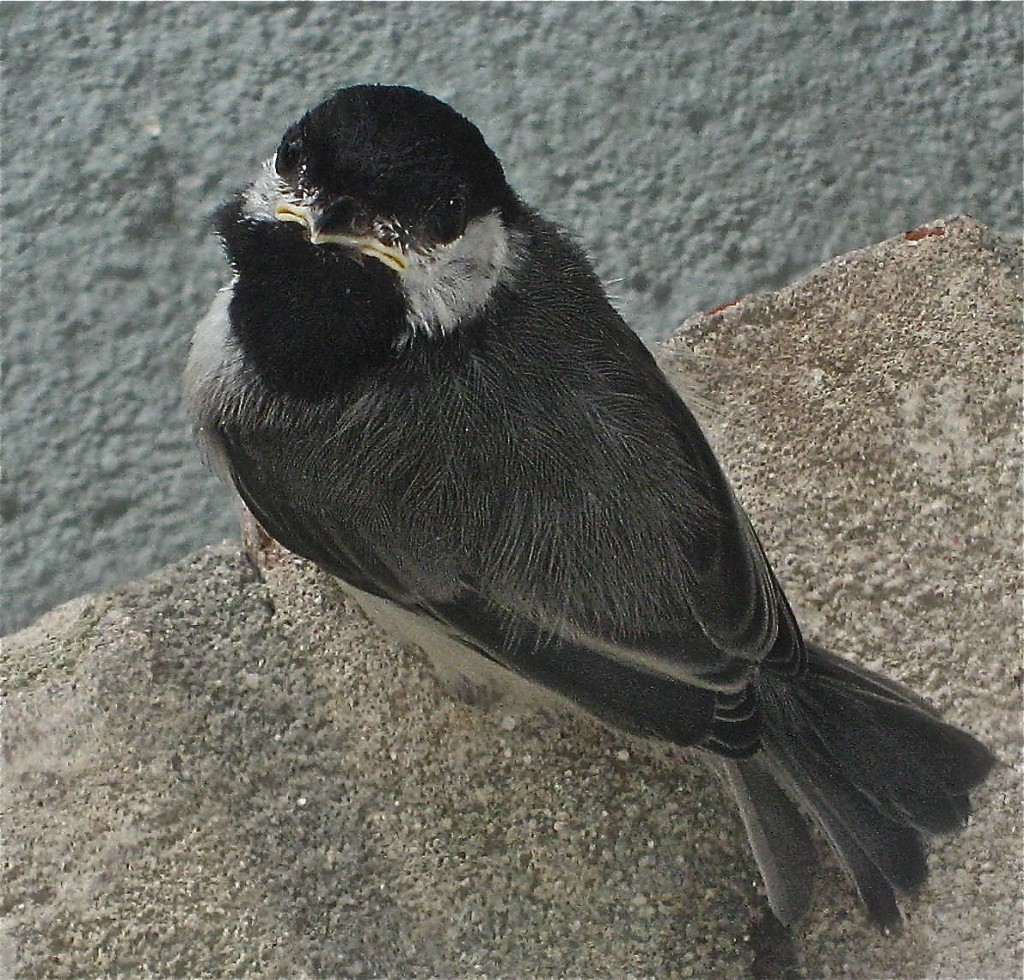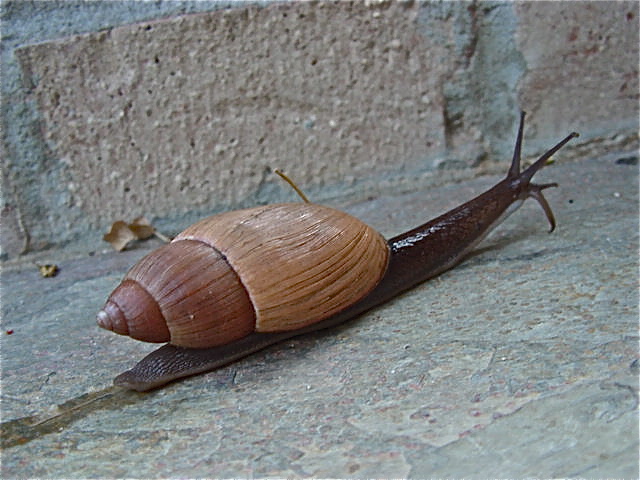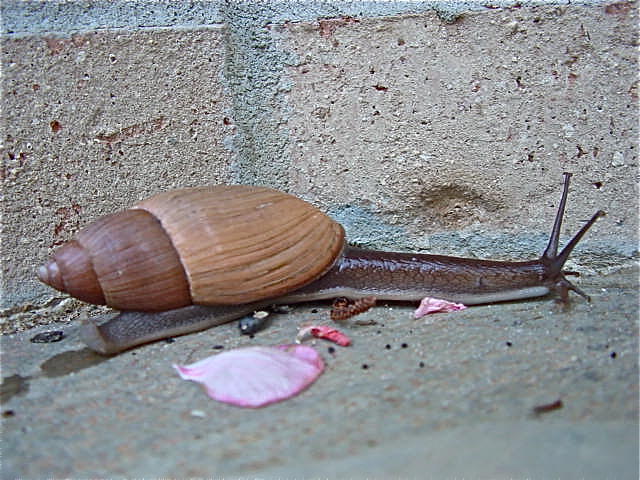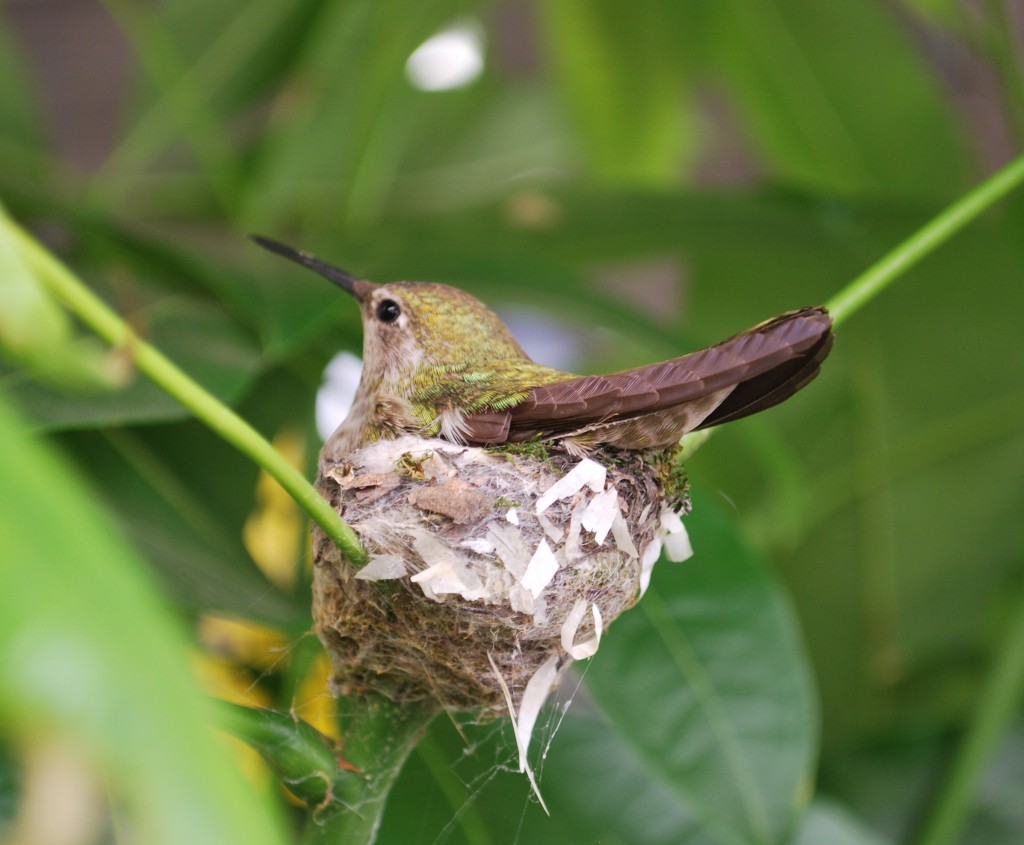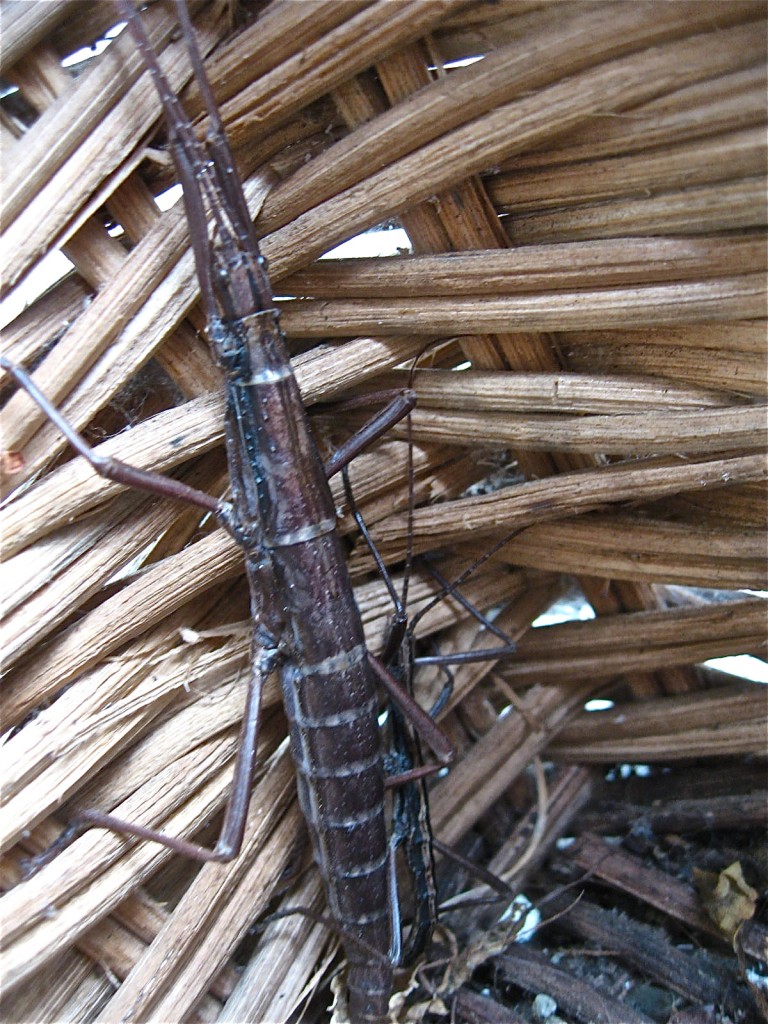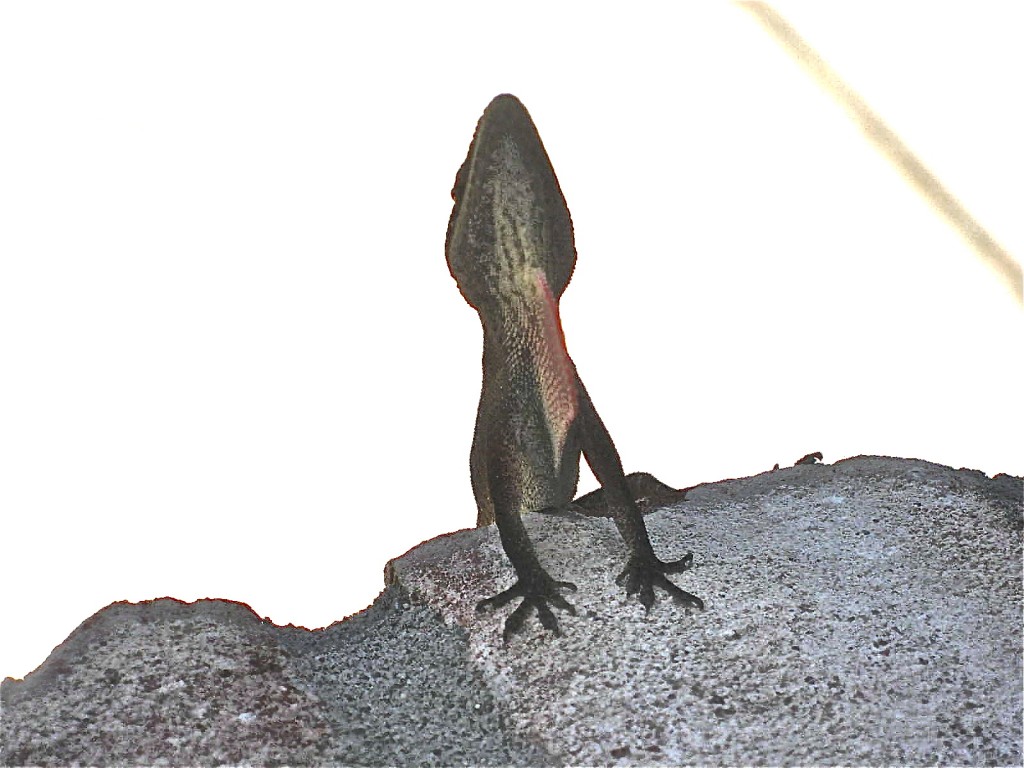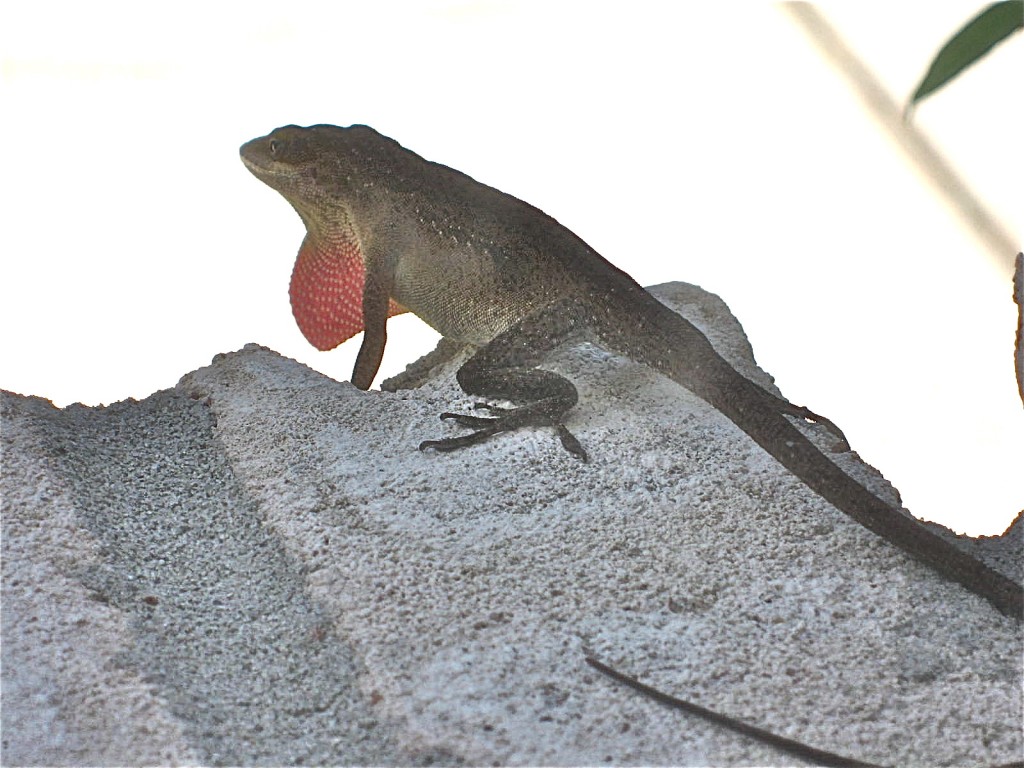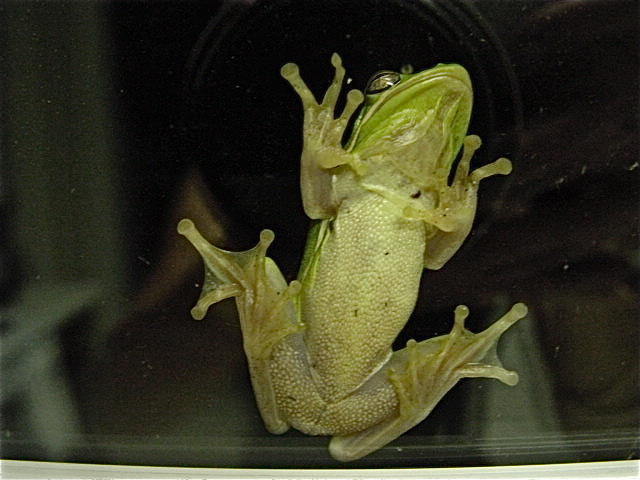Superstition has never figured in my life; so it didn’t really alarm me one recent day when a black cat crossed directly in front of me on my favorite garden path. With all the sinewy grace and confidence of a panther, it surveyed me with menthol green eyes which were extraordinary even for a cat. It had never been seen in my favored green spaces; or at least, it had never made me aware of its presence.
I, who pride myself in knowing the habits of particular chameleons and salamanders, their identifying marks, their times and places of hiding and stealth; the number of buds on my climbing roses; the day of fullest flavor to harvest my herbs just before bloom; the very cardinals who sing me awake and tap at my window, surely I would know if the rhythm and balance of my little symphony were in some small way altered. But it was improbable that a cat with such deliberate airs and purposeful movement could be finding himself in this, my very private, place for the first time. Perhaps he had viewed me often from behind those green agates, his blackness blending low into the shadowy spaces, leaf thickets concealing his steady gaze. I am the watcher, watched. This time, I know it; but how many times and places do our footsteps leave an impression on ground we thought was impervious, or certainly ours alone?
What does it mean to say “mine” or to claim ownership? We stake a claim, pay good money for a plot of ground. Then we go about “cultivating.” We think and plan, study and work, make all sorts of improvements to shape it to our will. We toil until we are sore, sacrifice pleasure and rest to ensure its health. We deserve to reap the flowers, to bask in beauty. (Are we talking gardens or children here?)
It’s so natural to think in terms of ownership. It’s such a human thing to desire a tangible reward. We can blame Ben Franklin and a good many enterprising immigrants for our American work ethic. Franklin’s almanacs are filled with aphorisms we live daily, mostly suggesting the equation of diligence + industry = success, i.e. material gain. But all it took was one sleek little tomcat to remind me about how much, if anything, I really own.
My garden landscape may have been claimed, variously, by sea life, dinosaurs, pirates, Indians, French trappers, black bears, and who knows how many others through the vicissitudes of natural development and physical science. I should probably feel more lucky than amazed at the realization, once more, that I am merely part of a succession, that the black cat has improved my vision.
Am I to chase away this dark intruder in the name of defending the dozen species of regulars at my bird feeders? He is not part of my overall plan. I didn’t sketch him into the blueprints of my carefully designed walks, beds, lawns, pond, and patios. I didn’t say to myself, “A sleek black cat would be a nice touch, roaming the ground cover, brushing the mint border with his serpentine tail.” But roamer and brusher he is. Meower and lounger and charmer he is, daily insinuating himself into and complicating the life of this bird lover.
What to do, then? Of course, find him a suitable home. He looks a bit thin. (All young animals and children look a bit thin to someone who loves to cook and feed.) He wears no collar but bears the countenance of a free spirit as clearly as he might a scarlet letter. He adores albacore tuna. That was clear from the second day. A consultation with my friend, Sylvia, yielded only three words of advice, “Accept your destiny.” But he looks longingly in the direction of my doves and cardinals. It’s the tuna-tasting look.
Phone calls and inquiries were made to the vet’s office, the local school, and around the neighborhood. Rumors and false leads abounded. Meanwhile, “Midnight” seemed to establish “squatter’s rights” in the garden. He perfected the most exquisite languishing countenance whenever I opened a door. Every scolding word died in my throat; silent scowls had no effect whatever.
News of my latest dilemma spread through the neighborhood with the speed of native drums. There is a diminutive bicycle brigade which is as reliable as any newsletter, and much more creative. They carried my concern that this small, seemingly homeless creature needed a caring family who would assume responsibility for medical care, food, and love. My worrying days were few.
Two mornings later, Midnight appeared atop my fence, resplendent in his light green, jewel-studded collar. The morning sun danced in his eyes and glinted off the tag that dangled beneath his soft neck. He resumed his station under my chaise lounge and punctuated my thoughts about our relationship. If we aren’t greedy, we can share all the good things, actually end up having more. We don’t own a darned thing. We can’t fence in butterflies, but they come to well-tended places where love grows. It’s like that with kids, and cats and gardens.
